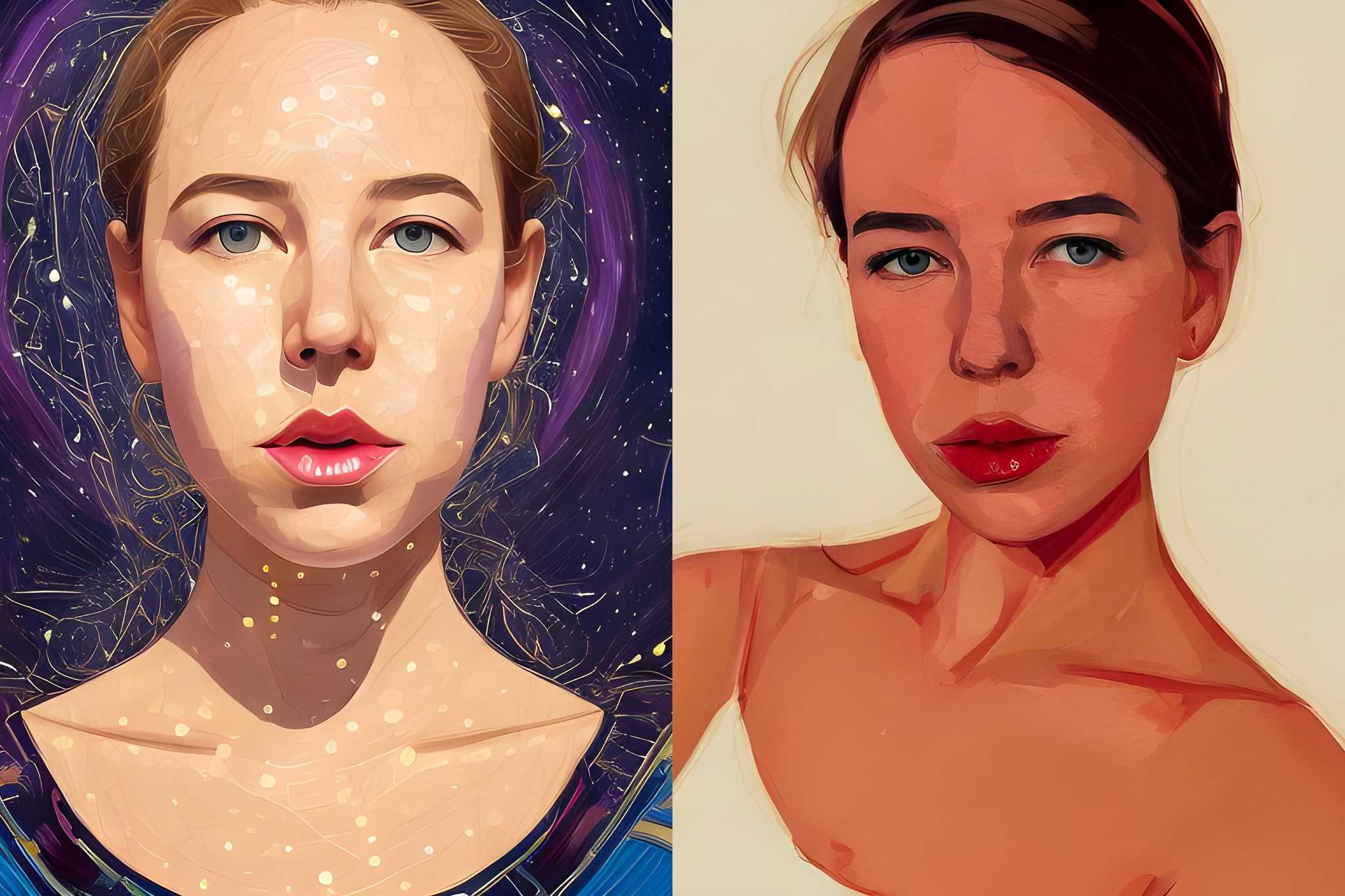Art generated by artificial intelligence has been blowing up the internet. Everyone from your deskmate to your mom’s best friend has posted portraits of themselves in the style of Salvador Dalí or as some ethereal elfin queen.
Perhaps the best-known app is Lensa AI, which released a new avatar-generating feature in late November. According to Andrey Usoltsev, the CEO and cofounder of Prisma Labs, Inc., the app was downloaded more than 10 million times worldwide during the first week of December alone, becoming the top downloaded app in 39 countries.
In the process, Lensa has generated 231 million avatars, Usoltsev told The Standard.
“I love technology, and I dive into these tools,” said Karla Ortiz, a San Francisco-based artist who did the character concept art for Marvel’s Doctor Strange, worked on the newest Black Panther movie and has contributed to other giants in the media like HBO and Universal Studios.
But in the last couple months, Ortiz noticed something strange about some of the images coming out of AI generators: She said they resembled her own work and the work of other artists she knew. In fact, Ortiz said her friends’ names were even attached to the images but weren’t anything they’d ever created.
“It feels like an invasion of my privacy and my identity,” said Ortiz. “It feels like fraud.”
J.D. Zamfirescu-Pereira, a professor who teaches programming and electronics at the California College of the Arts, said this technology became a reality faster than people thought it would.
“I knew this day was coming,” he told The Standard. “I just didn’t know it would be today.”
How Does Lensa AI Work?
One of the big names in AI-generated media is Stable Diffusion, which came out in 2022. It’s also the model that popular apps like Lensa AI use to create their images.
Anyone can download the Lensa AI app, upload a few selfies, and in seconds, Lensa can produce fully rendered, stylized portraits.
Ortiz said her issue lies with where that model gets its information.
Stable Diffusion was trained to generate images using existing images and text from over 5 billion images gathered by a nonprofit data set called LAION, including the work of other artists.
Lensa AI creator Prisma Labs insists that the images can’t be called replications of other artists’ work.
“The AI learns to recognize the connections between the images and their descriptions, not the artworks,” the company said in a Twitter thread. “Hence the outputs can't be described as exact replicas of any particular artwork.”
But people in the art world, like Ortiz and Zamfirescu-Pereira, still see a problem inherent to the technology itself.
“Datasets like LAION have been trained on artists’ work without them knowing,” Zamfirescu-Pereira said.
An AI Ethics Debate
Clearly, not everyone agrees on whether or not Lensa AI does a disservice to artists.
“AI isn’t stealing your art,” one artist said on Twitter. “If you don’t want your work shared, saved, and searchable by others, then don’t post it online.”
“Posting your artwork online ≠ consent for it to be used for profit in an app,” replied another.
Alex Handy, a former tech journalist and the founder of the Museum of Art and Digital Entertainment in Oakland, said AI is just the next contribution in a much longer arc of art history. Even Andy Warhol used an Amiga computer to make art, he said.
“The idea that people’s art is being co-opted is true, but artists have been stealing from each other for centuries,” Handy said.
Even before you add AI to the mix, there’s also a huge gray area regarding plagiarism.
“How much of the image has to be changed to not be plagiarism?” Handy asked. “I don’t know. We’re going to have to draw a line in the sand.”
While little legal precedent governing artificially generated art exists, advocates, artists and lawyers are now working to codify protections for creators.
Ortiz is a board member of the Concept Art Association, an organization that advocates for artists in the concept art world and is putting together resources to educate the public on their concerns about AI models, both legal and philosophical.
“We’re just getting started, and we’re going to see a ton more of these technologies,” said Zamfirescu-Pereira. “Lawyers are going to be playing catch up.
“It’s hard for artists to protect themselves,” he explained, “but they should be making noise about it—that this isn’t fair.”
